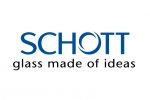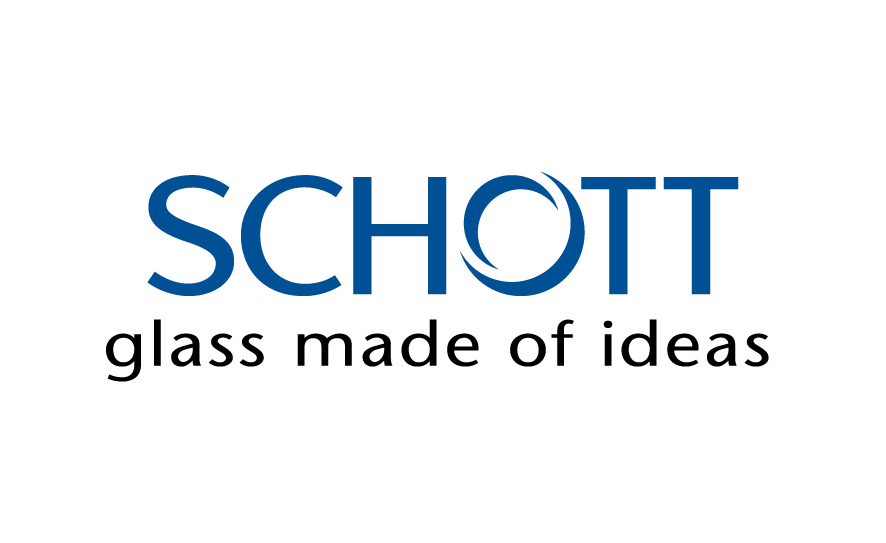Lasers emitting at a wavelength of 1.5 µm are safer for the eyes and work in a precise and contact-free way. They are mainly used for metrological applications such as range finding and targeting. In addition, these lasers are also being increasingly used for cosmetic laser treatments and in dermatology, for instance, to treat scars and wrinkles. SCHOTT has now developed special “Eye-Safe” laser glasses for these applications.
LG-910 and LG-930 are phosphate laser glasses that have been doped with varied amounts of Erbium, Ytterbium and Chrome. They are used primarily in flashlamp- and diode-pumped solid-state lasers in the form of rods, plates and discs. As phosphate glasses offer high solubility of rare earth dopants, the amount of active ions can be increased. This results in significantly higher performance than competing technologies in pulsed applications. In particular, LG-910 offers high efficiency.
“We meticulously control the purity of the raw materials that we use for these glasses. Additionally, we have optimized our melting and finishing processes,” explains Dr. Angela Hohl-AbiChedid, SCHOTT Product Development Manager. “Thus, we have succeeded in developing an outstanding product that fulfills even the most stringent requirements.”
The standard LG-910 and LG-930 laser glasses as well as the currently available LG and APG laser glasses are typically doped with Neodymium (Nd) and Erbium (Er) as active ions. On top of that, SCHOTT has successfully manufactured laser glasses with a wide range of rare earth ions and combinations thereof. Dopants are added to the existing base compositions of any standard laser glasses and tailored to customer requirements and applications.
SCHOTT supplies laser components fully finished and coated to customer specifications as polishing and coating can strongly impact laser performance. This results in a very high laser damage threshold to meet the requirements of demanding applications.


